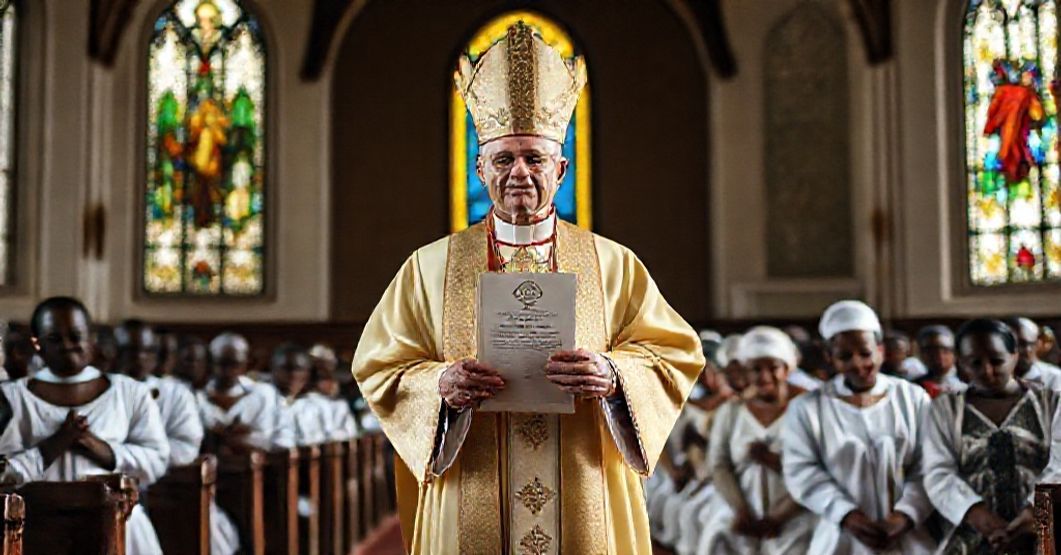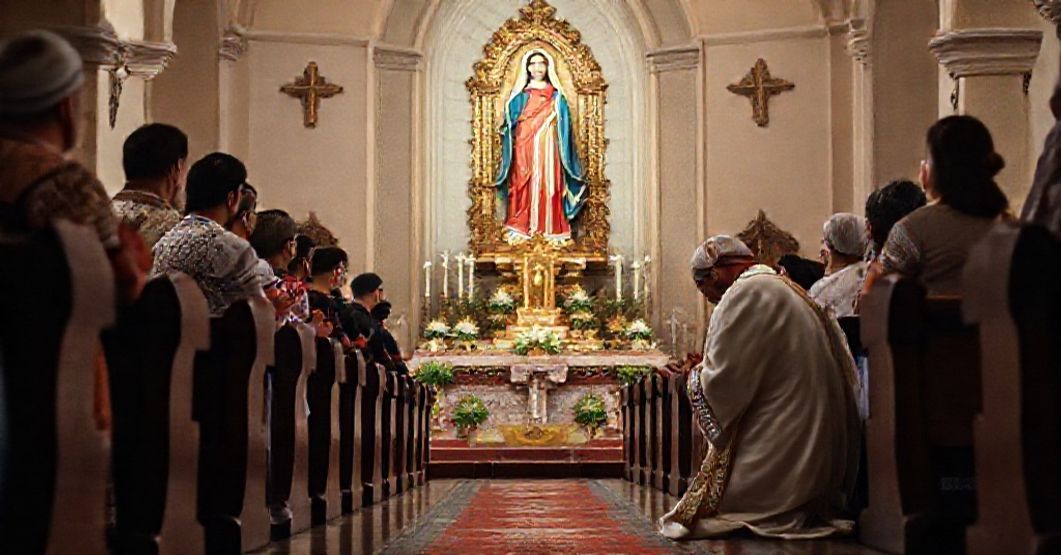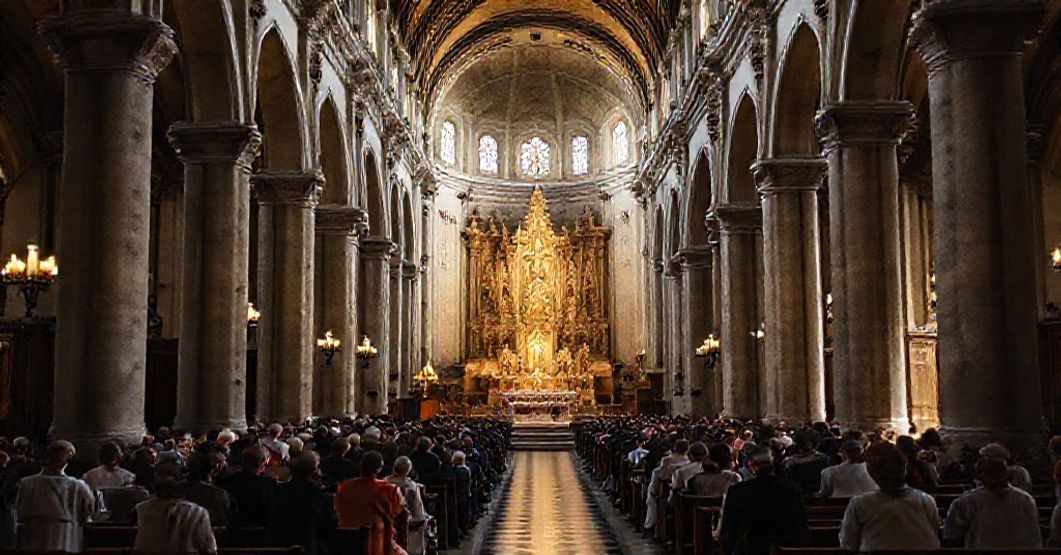Antipopes of the Antichurch



















Timeline of this heretical pontiff
Encyclical Letters
+ 15 posts1959
+ 7 posts1961
+ 4 posts1962
+ 2 posts1963
+ 2 postsApostolic Exhortations
+ 3 postsApostolic Constitutions
+ 93 posts1958
+ 6 posts1959
+ 87 postsMotu Proprio
+ 15 posts1958
+ 1 posts1959
+ 1 posts1962
+ 11 postsApostolic Letters
+ 151 posts1958
+ 4 posts1959
+ 63 posts1960
+ 78 posts1961
+ 1 posts1962
+ 4 posts1963
+ 1 postsSpeeches
+ 99 posts1958
+ 2 posts1959
+ 26 posts1960
+ 29 posts1961
+ 16 posts1962
+ 24 postsMessages
+ 6 posts1959
+ 4 postsHomilies
+ 4 postsLetters
+ 152 posts1958
+ 1 posts1959
+ 48 posts1960
+ 32 posts1961
+ 31 posts1962
+ 30 posts1963
+ 10 postsNot categorized
+ 1 posts1958
+ 1 postsNews feed


Singulari studio (1960.07.01)
The Latin text known as Singulari studio (1 July 1960), issued by John XXIII as an “apostolic letter,” solemnly proclaims the Blessed Virgin Mary under the title “of the Most Holy Rosary of the Río Blanco” as the principal heavenly patroness of the diocese of Jujuy, extending to this cult all rights and liturgical privileges of a diocesan principal patron. The document recounts the local attachment of clergy and people, the sanctuary by the Río Blanco, and frames this act as encouragement of Marian devotion through juridical-pontifical confirmation, ending with the usual formulas asserting perpetual validity and nullity of any contrary acts.


Quemadmodum (1960.07.01)
The text decrees, in solemn curial Latin, that Patrick, bishop and confessor, be constituted the heavenly patron of the Diocese of Ibadan (founded in 1958), at the request of Richard Finn, then bishop of Ibadan. It repeats standard formulas: the usefulness of assigning dioceses to a celestial patron for protection and example; the reliance on the saint’s intercession for growth of “Catholic affairs” in that region; and the usual juridical clauses declaring the act valid, perpetual, and nullifying any contrary attempts.


Praecipuo pietatis (1960.07.01)
The document issued by John XXIII on 1 July 1960, under the title Praecipuo pietatis, is a brief decree declaring the Blessed Virgin Mary under the title “Nossa Senhora da Ponte” as principal heavenly patroness of the diocese and episcopal city of Sorocaba in Brazil. On the surface, it is a seemingly pious act: it notes the local Marian devotion, praises filial trust in the Mother of God, recounts the request of Bishop José Carlos de Aguirre supported by Armandi Lombardi, and by invoking “Apostolic authority” it confers liturgical honors and patronal privileges upon this title of Our Lady.


Merito Praedicatur (1960.07.01)
The document “Merito Praedicatur,” dated 1 July 1960 and signed by John XXIII, is a short Latin act conferring the title and privileges of a Minor Basilica on the cathedral church of Cesena. It praises the church’s historical, architectural, and devotional qualities, recalls its consecration by Cardinal Orsini (later Benedict XIII), notes that Pius VI and Pius VII were baptized there, and, “out of certain knowledge and Apostolic authority,” elevates the cathedral to the rank of Basilica Minor, granting the usual rights and privileges, with standard clauses of perpetual validity and nullity of any contrary attempt. This apparently pious and purely ceremonial text is in fact a juridical mask: a banal, horizontalistic glorification of stone and local sentiment, issued by an usurper at the dawn of the conciliar revolution, revealing in miniature the substitution of the true Roman authority by an adulterated, paramasonic structure that dares to legislate in the Church while already preparing her doctrinal demolition.
Varia
Announcement:
– News feed –implemented
– Antipopes separate web sites with their all documents refutation – in progress
